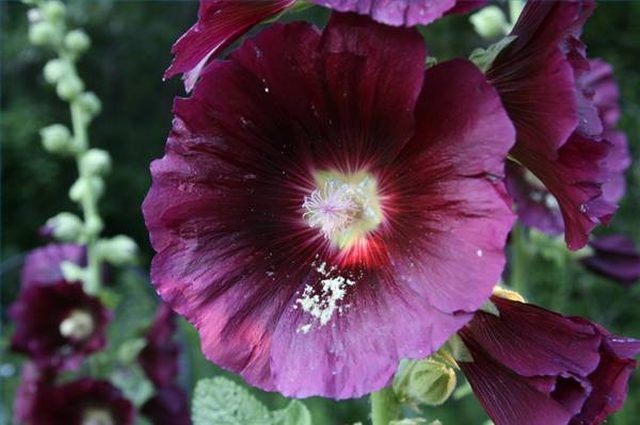Bulbs
Flower Basics
Flower Beds & Specialty Gardens
Flower Garden
Garden Furniture
Garden Gnomes
Garden Seeds
Garden Sheds
Garden Statues
Garden Tools & Supplies
Gardening Basics
Green & Organic
Groundcovers & Vines
Growing Annuals
Growing Basil
Growing Beans
Growing Berries
Growing Blueberries
Growing Cactus
Growing Corn
Growing Cotton
Growing Edibles
Growing Flowers
Growing Garlic
Growing Grapes
Growing Grass
Growing Herbs
Growing Jasmine
Growing Mint
Growing Mushrooms
Orchids
Growing Peanuts
Growing Perennials
Growing Plants
Growing Rosemary
Growing Roses
Growing Strawberries
Growing Sunflowers
Growing Thyme
Growing Tomatoes
Growing Tulips
Growing Vegetables
Herb Basics
Herb Garden
Indoor Growing
Landscaping Basics
Landscaping Patios
Landscaping Plants
Landscaping Shrubs
Landscaping Trees
Landscaping Walks & Pathways
Lawn Basics
Lawn Maintenance
Lawn Mowers
Lawn Ornaments
Lawn Planting
Lawn Tools
Outdoor Growing
Overall Landscape Planning
Pests, Weeds & Problems
Plant Basics
Rock Garden
Rose Garden
Shrubs
Soil
Specialty Gardens
Trees
Vegetable Garden
Yard Maintenance
About Hollyhock Diseases
About Hollyhock Diseases. Hollyhocks are easy to grow and have been around a very long time. One main obstacle for hollyhocks, though, is rust (Puccinia malvacearum). Rust is found everywhere they are grown and it easily infects the plants. This disease hit the United States in the 1870s, when it ruined nursery stock and disfigured many plants....

Hollyhocks are easy to grow and have been around a very long time. One main obstacle for hollyhocks, though, is rust (Puccinia malvacearum). Rust is found everywhere they are grown and it easily infects the plants. This disease hit the United States in the 1870s, when it ruined nursery stock and disfigured many plants. Only a few varieties survived.
Symptoms
The leaves will develop yellow spots. The underside of the leaf will have orange brown, rust colored pustules. The rust can spread and appear on the upper side of leaves, stem and green flower parts. This will worsen throughout the summer, eventually killing the leaves. The hollyhocks will have a ragged appearance.
Cycle
Teliospores develop in the rust-colored pustules. The spores are carried by air and splashing water from rain or irrigation to healthy plants causing new infections. This fungus can overwinter in infected plant debris and reappear in the spring as new infectious spores. These new spores infect emerging plants. The disease can be transmitted from hollyhock to hollyhock but also from mallow to hollyhock.
Prevention/Solution
Healthy hollyhocks like full sun and plenty of air circulation. Do not crowd the plants. Plants should be spaced 3 feet apart. Plants should be watered at the base early in the day, allowing plant parts to dry.
Control
Break the disease cycle by removing infected leaves, plant debris and cut stalks to ground level in autumn. Remove and destroy all infected plant parts. Remove and destroy all weedy mallow. Fungicides can also be used for maximum protection. Apply fungicide in early spring when first leaves appear.
Fun fact
During the 17th century, hollyhocks were referred to as alley orchids.